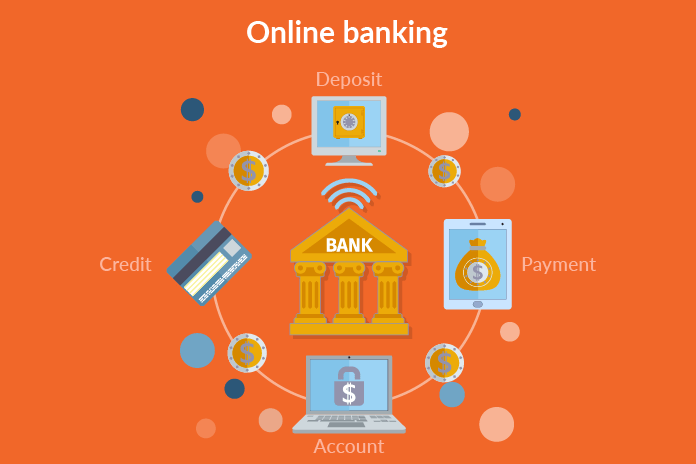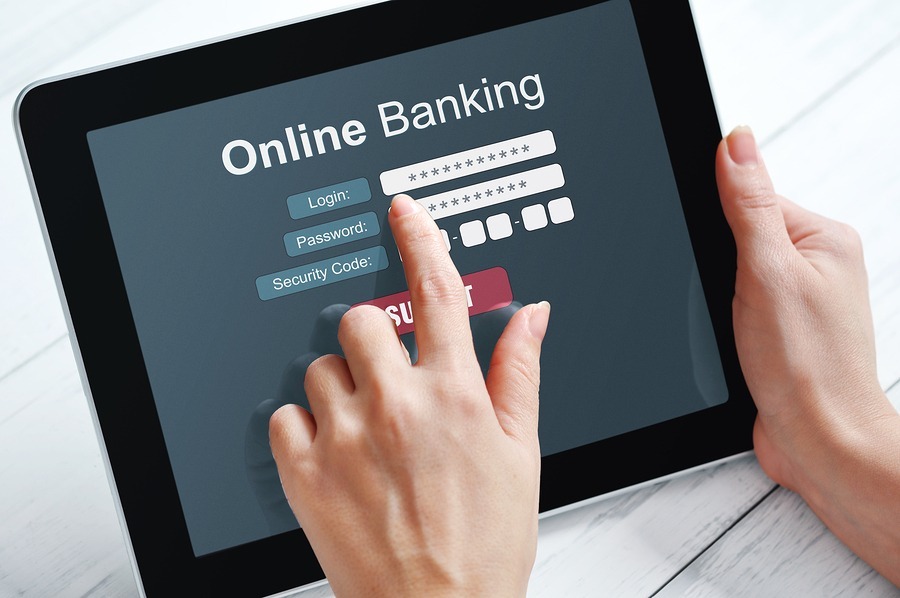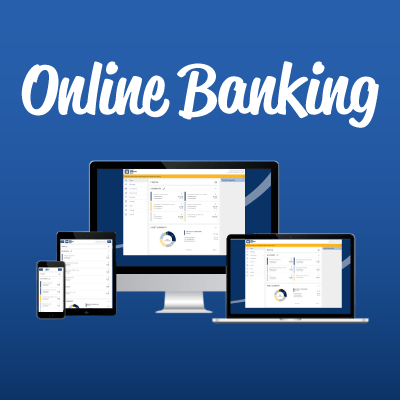In the past few decades, the world has witnessed rapid advancements in technology that have transformed various aspects of our lives. Among the most significant changes is the evolution of banking from traditional, brick-and-mortar establishments to digital platforms accessible at the touch of a button.
Online banking, also known as internet banking or e-banking, has revolutionized the way individuals and businesses manage their finances. This shift is not merely a trend but a necessity for our generation, driven by convenience, security, cost-efficiency, and the growing reliance on technology.
The Evolution of Banking
Before diving into why online banking is so crucial today, it’s essential to understand the evolution of banking services. Traditionally, banking involved physical visits to a bank branch for tasks such as depositing checks, withdrawing cash, transferring money, or applying for loans.
This process was often time-consuming, requiring customers to stand in long queues and operate within the bank’s limited working hours.
- Advertisement -
However, as technology advanced, banks began to introduce ATMs (Automated Teller Machines) in the 1960s, followed by telephone banking in the 1980s. These innovations laid the groundwork for what would become the most significant transformation in banking: the internet.
With the advent of the internet in the 1990s, banks started offering online services, allowing customers to perform a wide range of banking activities from their computers. Over time, as mobile technology evolved, online banking extended to smartphones, making it even more accessible and user-friendly.
The Convenience Factor

One of the most compelling reasons why online banking is indispensable in this generation is the sheer convenience it offers. Unlike traditional banking, which requires physical presence, online banking allows users to manage their finances from anywhere in the world, 24/7. Whether it’s paying bills, transferring funds, checking account balances, or applying for loans, these tasks can be completed with just a few clicks or taps.
For a generation that values speed and efficiency, the ability to perform banking activities without the constraints of time and location is invaluable. Busy professionals, students, and even retirees find it easier to manage their finances on the go.
Online banking eliminates the need to visit a bank branch, thereby saving time and reducing the stress associated with traditional banking methods.
Enhanced Security Measures

Security is a top concern when it comes to managing finances. In the early days of online banking, there were widespread concerns about the safety of performing transactions over the internet. However, as technology has advanced, so have the security measures employed by banks to protect their customers’ information.
Today, online banking platforms are equipped with robust security features such as two-factor authentication (2FA), encryption, secure socket layer (SSL) technology, and biometric verification (fingerprint or facial recognition).
These measures ensure that customers’ financial data is protected from unauthorized access and cyber threats.
Moreover, banks have implemented sophisticated fraud detection systems that monitor transactions in real-time, alerting customers to any suspicious activity. This level of security is difficult to achieve with traditional banking methods, where the risk of physical theft or human error is higher.
Cost-Efficiency for Banks and Customers
Online banking is not only convenient and secure but also cost-efficient. For banks, the cost of maintaining physical branches, hiring staff, and managing operational expenses is significantly higher than running an online platform.
By transitioning to online banking, banks can reduce overhead costs and pass on the savings to customers in the form of lower fees and better interest rates.
For customers, online banking reduces the need for physical visits to the bank, saving on transportation costs and the opportunity cost of time spent. Additionally, many online banks offer free or low-cost services that traditional banks may charge for, such as fund transfers, bill payments, and account maintenance.
The ability to manage finances online also allows customers to easily compare and choose the best financial products, further enhancing their cost-efficiency.
The Role of Mobile Banking

In today’s digital age, smartphones have become an integral part of our lives. Mobile banking, a subset of online banking, has gained immense popularity due to its accessibility and ease of use. With mobile banking apps, users can perform almost all banking activities directly from their smartphones.
The proliferation of mobile banking has been particularly beneficial in developing countries where access to traditional banking services is limited. For many individuals, a mobile phone is their primary means of accessing financial services.
Mobile banking has empowered these users by providing them with the tools to manage their finances, make payments, and even access credit, all through their mobile devices.
Moreover, mobile banking has facilitated the growth of peer-to-peer (P2P) payment systems, allowing users to transfer money instantly to friends and family. This has become increasingly important in a world where digital payments are becoming the norm, especially in the wake of the COVID-19 pandemic.
Financial Inclusion
One of the most significant impacts of online banking is its role in promoting financial inclusion. According to the World Bank, around 1.4 billion adults globally remain unbanked, with limited access to traditional banking services. Online banking has the potential to bridge this gap by providing affordable and accessible financial services to underserved populations.
In many parts of the world, particularly in rural and remote areas, physical bank branches are scarce. Online banking, accessible via the internet or mobile devices, offers a lifeline to individuals who would otherwise be excluded from the financial system. By opening an online account, these individuals can save money, make payments, receive remittances, and access credit, thereby improving their financial well-being.
The Impact of the COVID-19 Pandemic
The COVID-19 pandemic has further underscored the importance of online banking in this generation. As lockdowns and social distancing measures were implemented worldwide, the reliance on digital services, including online banking, skyrocketed. People who were previously hesitant to adopt online banking were compelled to do so out of necessity.
During the pandemic, online banking played a crucial role in ensuring that individuals and businesses could continue to manage their finances without physical contact. From receiving stimulus payments to managing investments, online banking became a vital tool for navigating the economic challenges posed by the pandemic.
Moreover, the pandemic accelerated the digital transformation of banks, prompting them to enhance their online offerings and improve customer experiences. This shift is likely to have a lasting impact, with more people continuing to use online banking even as the world returns to normalcy.
The Future of Online Banking
As we look to the future, online banking is poised to become even more integral to our financial lives. The rise of fintech companies, which leverage technology to offer innovative financial services, is reshaping the banking landscape.
These companies are challenging traditional banks by providing seamless, user-friendly, and personalized online banking experiences.
Artificial intelligence (AI), blockchain, and open banking are some of the technologies driving the next wave of online banking innovation. AI-powered chatbots, for example, are enhancing customer service by providing instant assistance, while blockchain technology is improving the security and transparency of online transactions.
Open banking, which allows third-party providers to access customers’ financial data (with their consent) to offer tailored financial products, is further expanding the possibilities of online banking. This trend is empowering consumers by giving them more control over their financial data and enabling them to access a wider range of services.
